Retirees Pursue Passion on Christmas Tree Farm
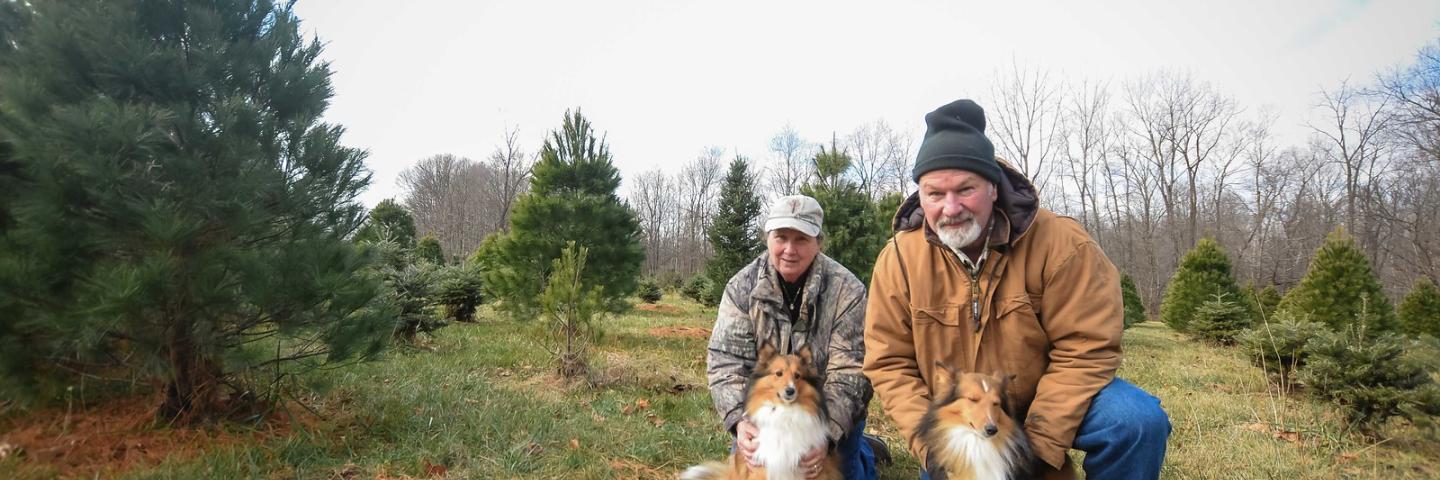
The Royers have spent the last three decades turning their Christmas tree farm and surrounding acres into a menagerie of conservation practices with help from USDA’s Natural Resources Conservation Service.
By Brandon O'Connor, Public Affairs Specialist, USDA-NRCS, Indianapolis
Peggy Royer isn’t sure what her husband Allen was thinking. He turns 70 next year, but this past spring he decided to plant 2,500 Christmas tree saplings on their farm in Greencastle, IN.
She can already see their future. While she enjoys retirement sitting on the couch and relaxing, he will now be out on the farm well into his 90s shearing Christmas trees every summer in the heat to make sure they keep their classic cone shape.
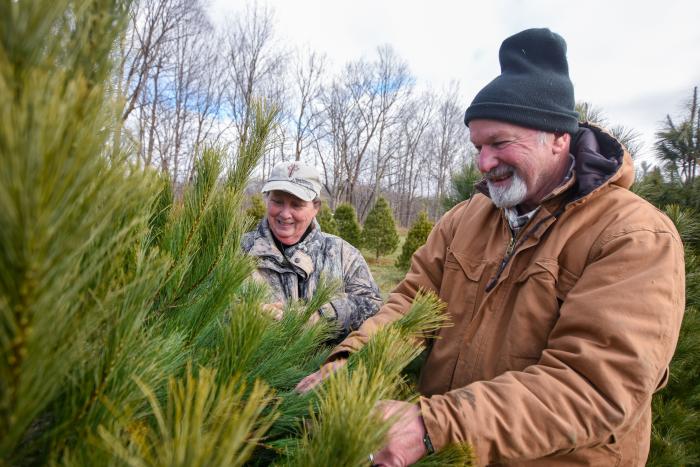
Allen estimates Christmas trees have been grown on the farm since the 1960s and he has kept the tradition alive for the past 35 years since buying the farm in 1985. Peggy joined the operation in 1991 after they got married and as they get older, the plan was to start phasing out the trees that give Wagoner Christmas Tree Farm its name. Then, as Peggy puts it, Allen “lost his ever-loving mind this spring” and planted more trees.
In short, the answer of why he planted the trees is an easy one. The farm is a place for the Royers to follow their passions. Their combined passion is education and conservation, both of which they have turned the farm into a haven for. But Allen’s true, overarching love is planting trees. He is retired from the Indiana Department of Natural Resources – Division of Forestry where he worked for years as a district forester. To truly understand the decision to plant those trees you must first go back in time and know how Allen, and then Peggy, came to own the 226 acres that make up the farm.
Allen can still remember the first time he stepped foot on Wagoner Christmas Tree Farm in 1975. He had just finished his training with the Indiana Department of Forestry, when Paul Wagoner called and asked for assistance planting walnut trees on his property. Allen had never gone to meet a landowner on his own before, but his supervisor decided that his visit to Wagoner’s farm would be the first.
Wagoner, who was in his 70s at the time, was an early conservationist, Allen said, and had decided to plant three acres of walnuts on his land even though he wouldn’t be alive to see them mature. The reason, he told Allen, was so they would be there for the next person who bought the land.
“He’s poking me right in the chest (and said), ‘Someday, somebody is going to buy this farm and love it as much as I do,’” Allen said. “Never in my wildest dreams did I think that I was the one he was talking about. That ‘somebody.’ He was almost a prophet.”
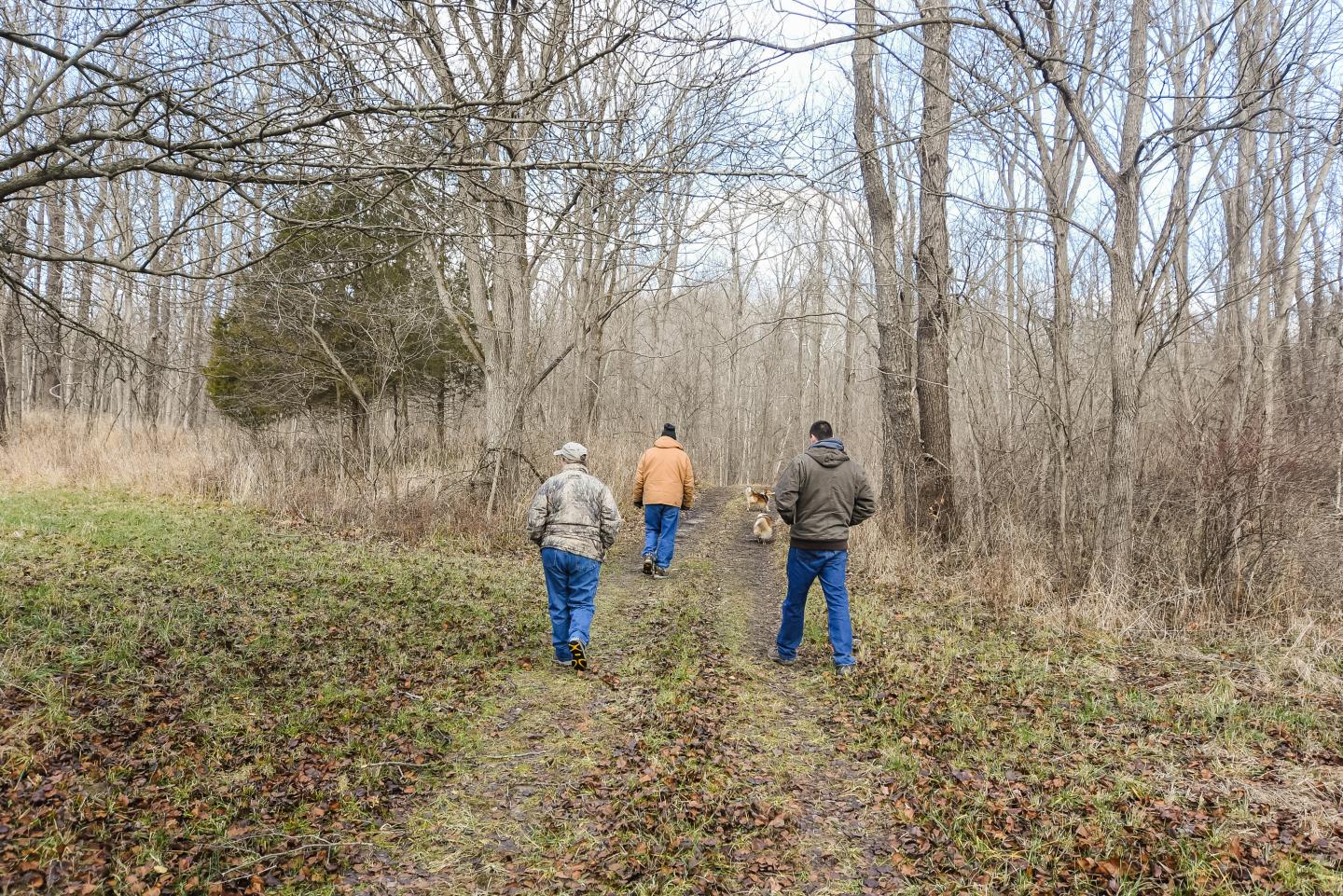
Ten years later the farm, which was 180 acres at the time, came for sale and Allen bought it the very next day. As a forester he was drawn to the woods that make up large portions of the property. He also admired the conservation work Wagoner had done on the land. Then, to top it all off, there were the Christmas trees, which he already had a love for and had also grown on a previous farm he owned.
Christmas trees now take-up about 20 of the original 180 acres. The Royers have spent the last three decades turning the rest into a menagerie of conservation practices. With help from USDA’s Natural Resources Conservation Service (NRCS), the Royers have implemented multiple practices on their land. Through multiple Environmental Quality Incentives Program (EQIP) contracts and also enrollment in the Conservation Stewardship Program (CSP) and the Farm Service Agency’s Conservation Reserve Program (CRP), they have taken multiple steps to promote wildlife habitat and reduce erosion on the land.
Some of the work, such as stream crossings that enabled access to parts of the farm, riparian buffers along a stream and food plots to keep deer from eating the Christmas trees, have had simple, practical purposes. Many others, such as tree plantings, pollinator habitats and invasive species control in the forests, have been more about preserving the land.
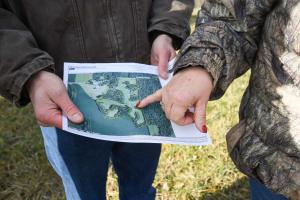
“We’re wanting this farm to be a showpiece for future generations, and we’ve talked to our children about it,” Allen said. “So, we’re not really wanting the farm to be split up and sold by them. But we want them to carry on the legacy of what we like to do. We really enjoy teaching about conservation.”
Their goal is for the farm to one day become the Royer Wildlife Conservation and Education Center and they have factored that into every decision they have made. As Peggy says, first they help the animals by planting mast producing trees, food plots and diverse habitats. Then, as avid hunters, they take advantage of the improved biodiversity by stocking their freezer with deer, rabbits and squirrels.
Along with hunting the land, they have also used it as an educational opportunity. They host field days for multiple organizations, teach hunter safety courses and even started teaching homeschool classes about soil, wildlife and conservation when schools shut down in early 2020 due to the COVID-19 pandemic.
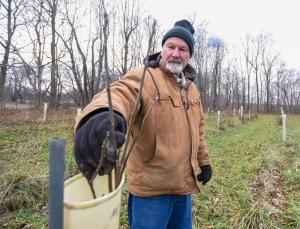
While much of the conservation work has taken place on the original 180 acres bought from Wagoner in 1985, three years ago the Royers added 46 acres to the farm when their neighbor decided to sell a plot adjacent to their land’s western edge. Peggy’s goal is to turn those acres, which are a hilly mix of grassland and forest, into her masterpiece of conservation.
Standing in the open field bundled against the cold with one of the couple’s sheltie collies chasing a buzzard flying overhead, she pulls out a map to show NRCS district conservationist Thomas Perkins all she has planned. In one section she is going to plant roughly half an acre into a pollinator garden. In another section they will build a transitional habitat connecting the two farms that will go from shrubs to trees than back to shrubs, producing food and habitat for wildlife. Another section will be planted with hardwoods and evergreen trees to reduce erosion while other parts are planted with native grasses, wildflowers and food plots.
“What I want to do is make a wildlife Picasso out of the new acreage,” she said. “So, I came up with this plan and I’ve got a really good idea of best land management practices that we want to do on certain parts of it.”
They have applied for another EQIP contract to help implement the practices, but they both agreed the plan is to move forward regardless of whether they get approved for the financial assistance. And each step of the way they want to use the implementation of those practices as an educational opportunity.
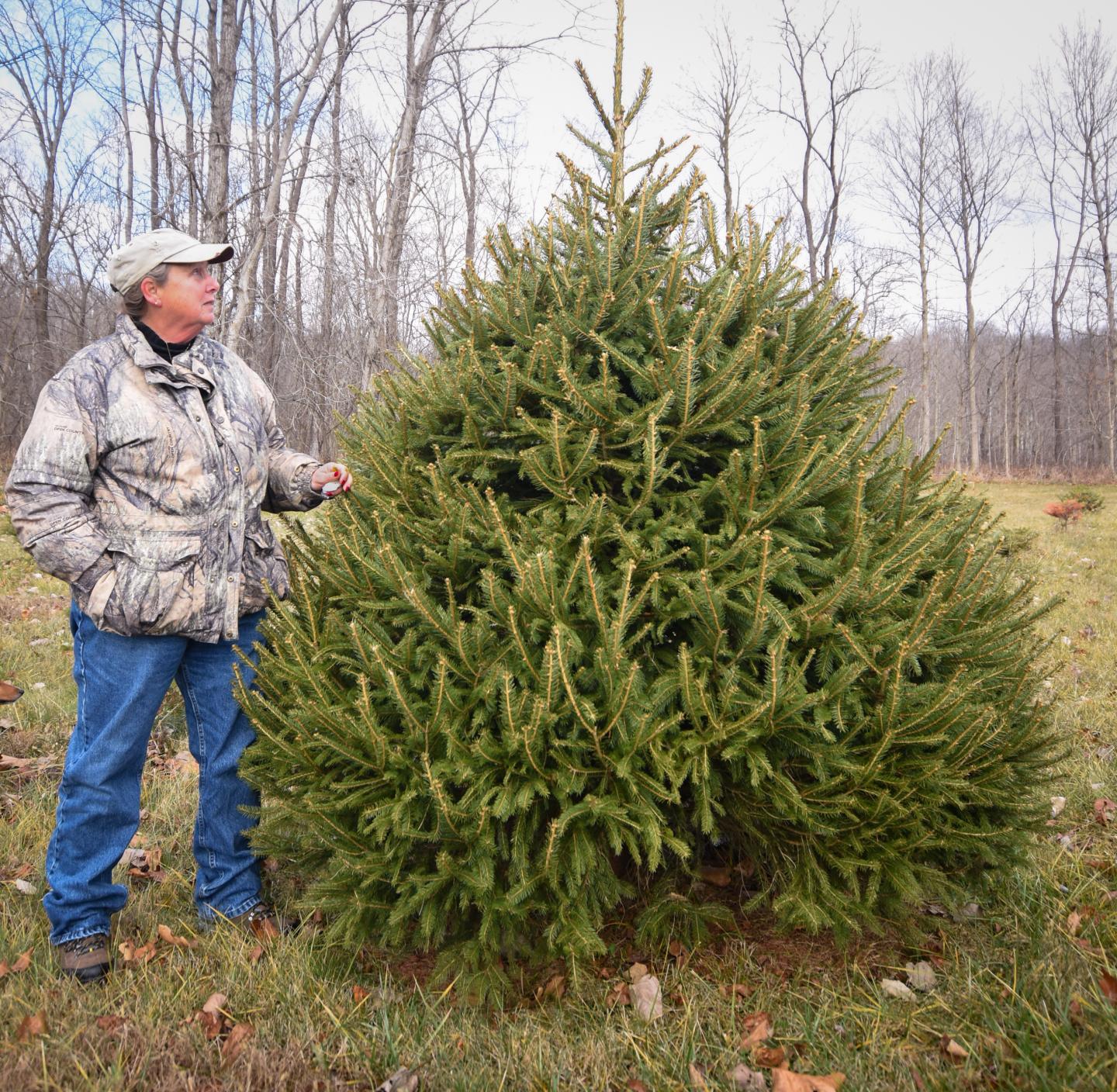
Peggy said their long-term goal is for partners like the NRCS or Future Farmers of America to host field days on the new acres and allow people to participate in implementing the conservation practices by planting trees or parts of the pollinator habitat.
As they have worked to conserve and preserve the land, the Royers have been guided by the idea that they don’t really own the land. They have just been given the chance to care for it, and their impact can be seen. Historic photos of the farm show bare ground now covered by lush forests brimming with wildlife. Those walnut trees that Wagoner planted with Allen’s help still fill a three acres section and now stand more than 80 feet tall with trunks a foot in diameter, he said.
And centered in it all are the Christmas trees that, in part, attracted Allen to the farm all those years ago and which he continues to plant. They opened the farm for eight days this year after being closed for two years due to low inventory caused by high demand and droughts in previous years. But in those eight days they had more than 500 families come through, cut down a tree and see the haven the Royers have created.
“We heard it from every single family this year of how much this meant to them for us to be open for eight days this year. We just didn’t realize what an impact we make on this community even though we only see our Christmas family once a year,” Peggy said. “I could see more families in this year of 2020 thoroughly thrilled because they have this little glimmer of hope in their life to come out here and do this.”
Additional Information
Environmental Quality Incentives Program - Indiana
The Environmental Quality Incentives Program (EQIP) provides financial and technical assistance to agricultural producers and non-industrial forest managers to conserve natural resources while strengthening their operations.
Learn MoreConservation Stewardship Program - Indiana
The Conservation Stewardship Program (CSP) helps you build on your existing conservation efforts while strengthening your operation.
Learn MoreIndiana Forestry Resources
Forests and woodlots are constantly changing. To get the most out of your property to meet your wildlife, recreational, aesthetic or economic goals, some type of regular management will be necessary. Fortunately, there are many resources available to help you.
INDIANA NRCS HOMEPAGE
For more information about NRCS programs offered in Indiana and how experts throughout the state can help you address natural resource concerns on your land, visit the Indiana NRCS homepage.

